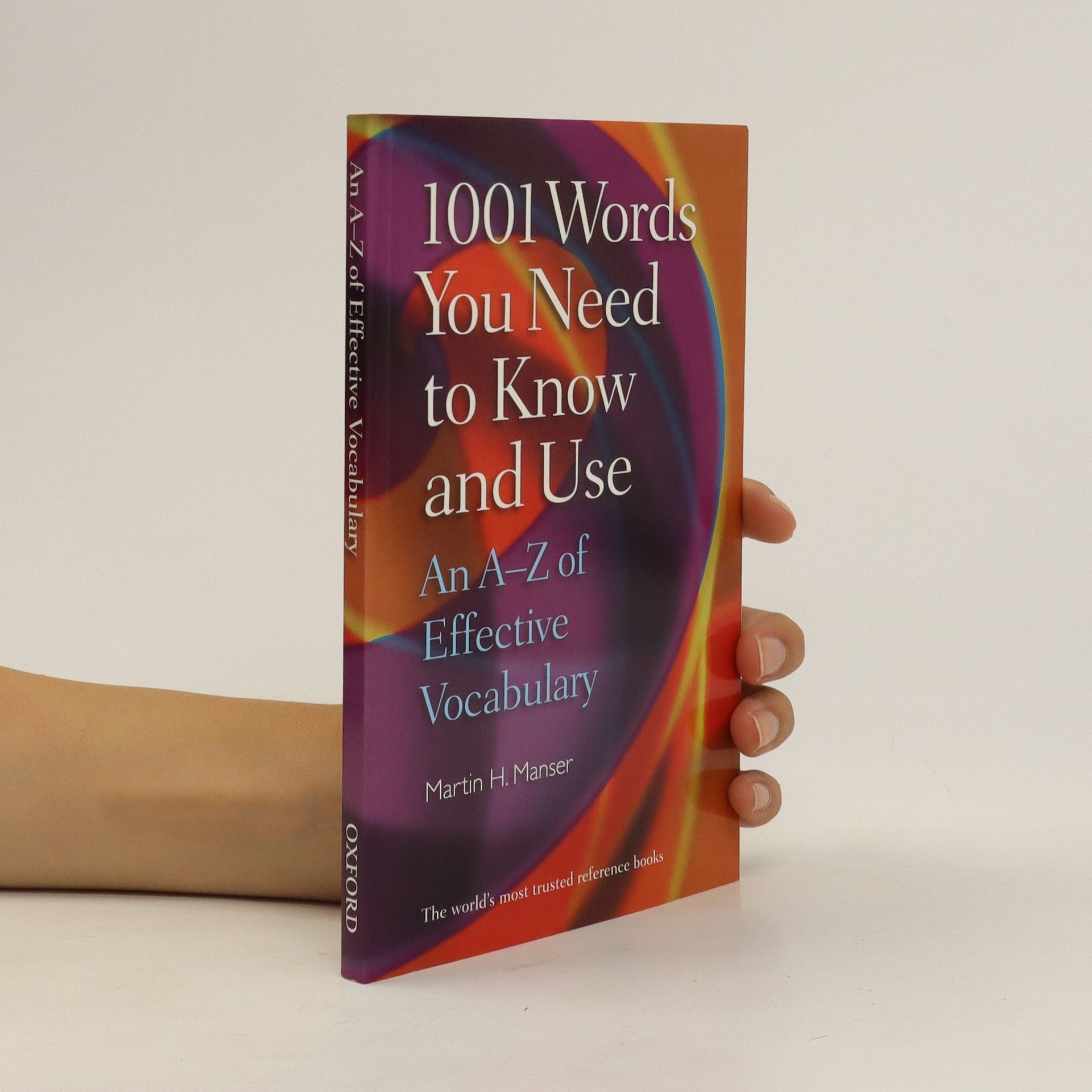This volume uses osteobiography and individual-level analyses of burials retrieved from the La Plata River Valley (New Mexico) to illustrate the variety of roles that Ancestral Pueblo women played in the past (circa AD 1100-1300).
Debra K. Reid Book order






- 2024
- 2023
THE ULTIMATE PRODUCTIVITY BOOK gives you everything you need to succeed in business. It is a dynamic collection of essential skills covering the topics that will help you make a seismic impact upon your performance - faster than you ever thought possible.
- 2020
Meetings
- 128 pages
- 5 hours of reading
The meetings secrets that experts and top professionals use.
- 2015
Management in 4 Weeks
- 489 pages
- 18 hours of reading
A dynamic collection of tools, techniques, and strategies for management success. This book includes four bestselling and proven Teach Yourself In a Week books in one great-value package.
- 2014
1001 Words You Need To Know and Use
- 166 pages
- 6 hours of reading
This A-Z provides 1001 words you need to know to make your writing and speaking effective, convincing, and expressive. With clear guidance on choosing the right word, this book is essential for anyone wanting to achieve greater success in written and spoken tasks including essays, interviews, CVs and application letters, reports, and more.
- 2013
Effective Business Writing in a Week: Teach Yourself
- 123 pages
- 5 hours of reading
Learn in a week, what the experts learn in a lifetime
- 2012
Project Management In A Week
- 128 pages
- 5 hours of reading
Your fast track to successful project management Learn in a week, what the experts learn about managing projects in a lifetime. Written by Martin Manser, a business communications expert, Project Management In A Week quickly teaches you what you really need to know about running successful projects. Learn in a week, remember for a lifetime.
- 2011
Sprievodca Bibliou
- 192 pages
- 7 hours of reading
Obrazový sprievodca objasňuje vznik a význam najpredávanejšej knihy sveta. Poskytuje informácie o histórii a vplyve Biblie, o výpovednej hodnote pre dnešok, ponúka prehľad jednotlivých jej kníh spolu s príbehmi najznámejších biblických postáv.
- 2011
This fully updated edition of the bestselling Good Word Guide offers information and advice on spelling, grammar, punctuation, pronunciation, confusables and the latest buzzwords, and provides clear, straightforward answers to everyday language problems.
- 2010
Time Management
- 128 pages
- 5 hours of reading
The time management secrets that experts and top professionals use.
